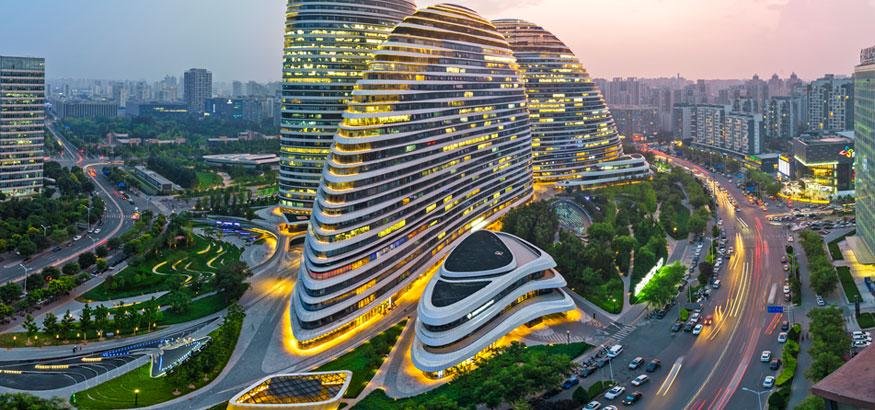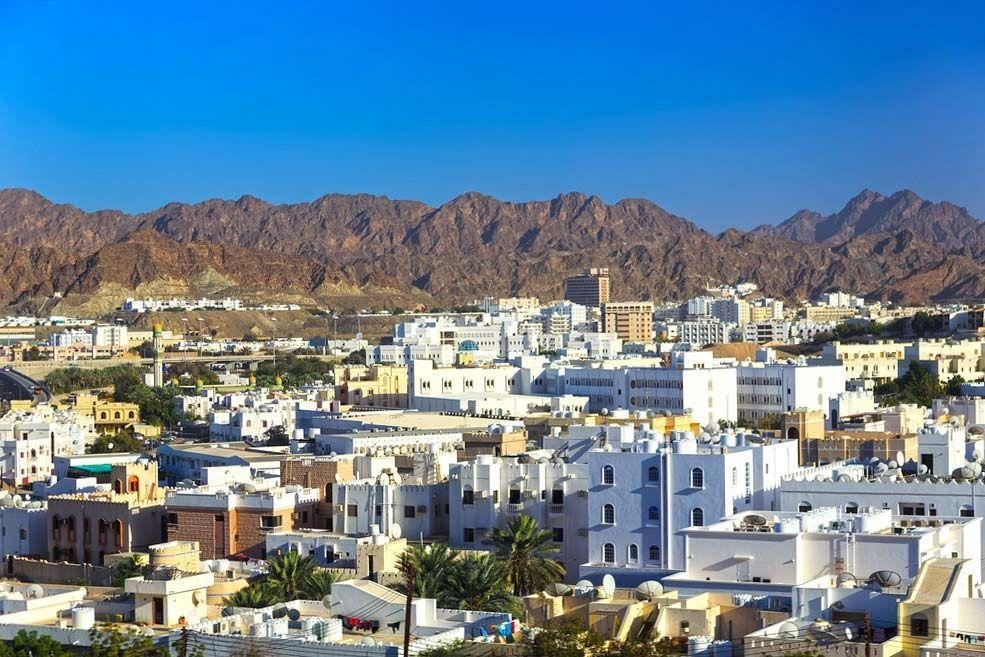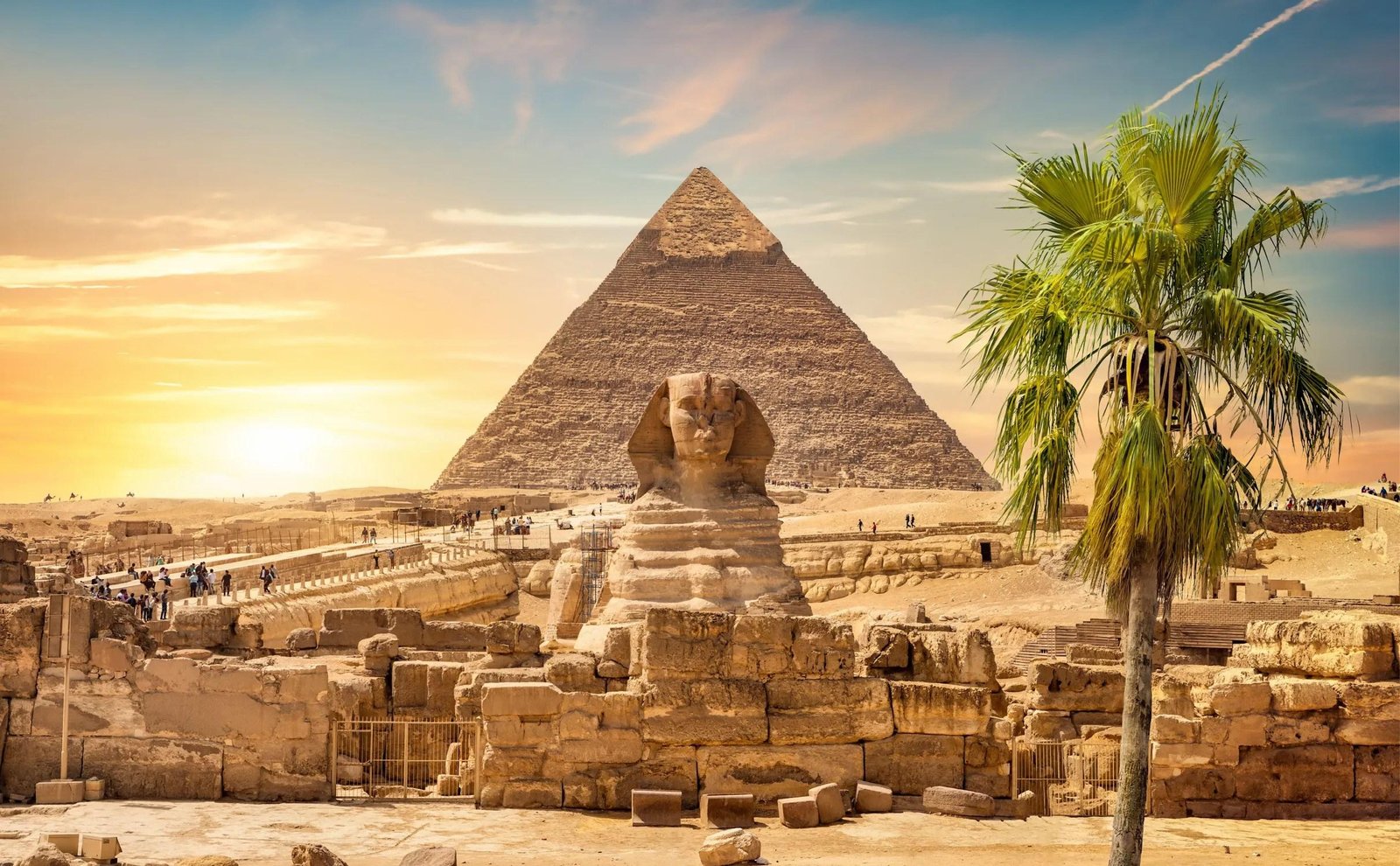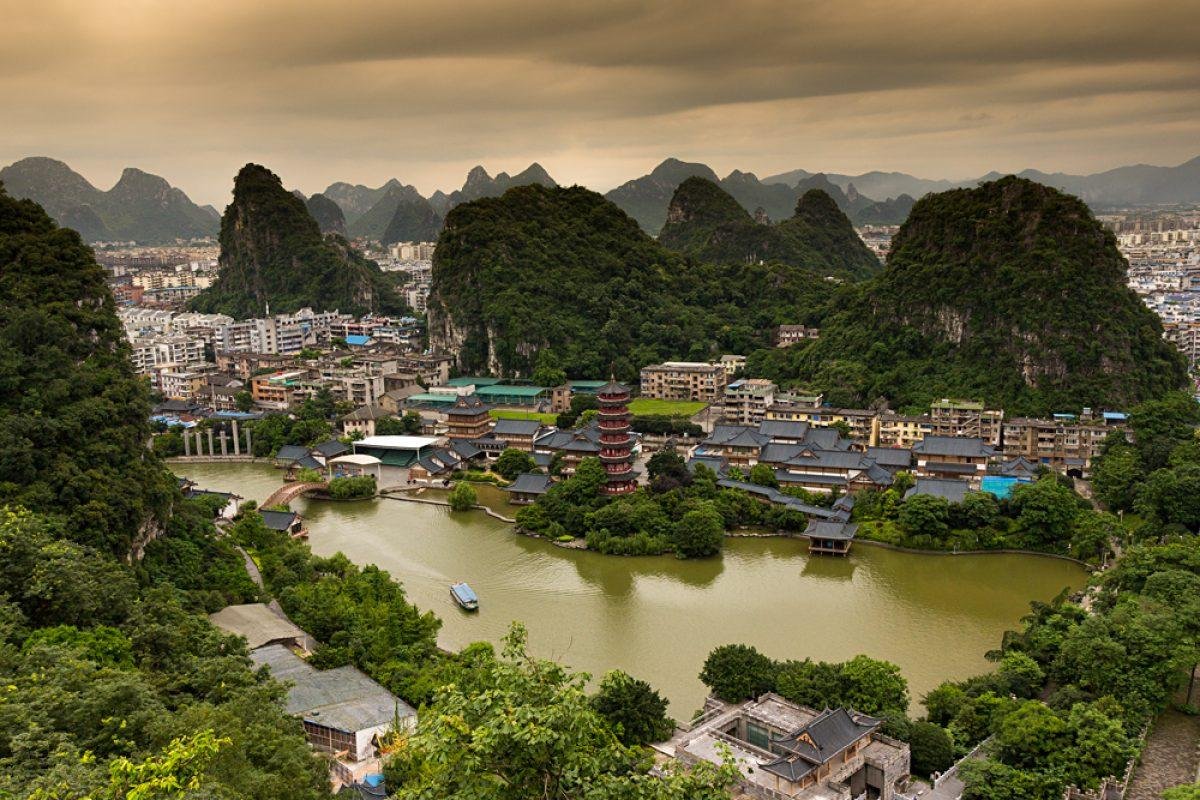Muscat, the capital city of Oman, is a captivating blend of traditional Arabian architecture and modern design, reflecti...
The Architectural Heritage of Beijing, China
Beijing, the capital of China, is a city steeped in history and culture, with an architectural landscape that reflects its rich heritage. From ancient palaces and temples to modern skyscrapers, Beijing showcases a harmonious blend of traditional and contemporary design, making it a unique destination for architecture enthusiasts.

One of the most iconic structures in Beijing is the Forbidden City, a UNESCO World Heritage site and the imperial palace of the Ming and Qing dynasties. Built in the 15th century, this sprawling complex features over 980 buildings and is renowned for its exquisite wooden architecture adorned with intricate carvings and vibrant colors. The layout of the Forbidden City follows traditional Chinese urban planning principles, emphasizing symmetry and hierarchy, with the central axis leading to the Hall of Supreme Harmony, where emperors once held court.
Another architectural masterpiece is the Temple of Heaven (Tiantan), constructed in the 15th century. This religious complex is famous for its stunning circular Hall of Prayer for Good Harvests, which features an impressive wooden structure topped with a blue-tiled roof. The Temple of Heaven is an excellent example of Ming dynasty architecture, showcasing the significance of heaven and earth in Chinese cosmology. The surrounding park, with its beautiful gardens and ancient cypress trees, offers a serene escape from the bustling city.

The Summer Palace (Yiheyuan) is another notable site, serving as a royal retreat during the Qing dynasty. The palace complex features a harmonious blend of natural landscapes and architectural elements, including the iconic Kunming Lake and the Longevity Hill. The Long Corridor, adorned with colorful paintings, connects various pavilions and halls, providing stunning views of the surroundings. The Summer Palace exemplifies the art of landscape design in traditional Chinese architecture, reflecting the emperors’ desire for harmony with nature.
Beijing’s architectural landscape also includes a wealth of temples, such as the Lama Temple (Yonghe Temple), one of the largest and most important Tibetan Buddhist monasteries in the world. Built in the 17th century, the temple complex features intricately carved wooden structures, vibrant murals, and an impressive statue of Maitreya Buddha carved from a single piece of sandalwood. The Lama Temple represents the fusion of Han and Tibetan architectural styles, showcasing the diversity of Beijing’s cultural heritage.
In contrast to its ancient structures, Beijing embraces modern architecture with innovative designs that reflect the city’s rapid development. The CCTV Headquarters, designed by Rem Koolhaas, is a striking example of contemporary architecture. Its unique, irregular shape challenges traditional skyscraper design, creating a bold silhouette on the Beijing skyline. The building serves as the headquarters for China Central Television and has become a symbol of modern Beijing.

Another architectural landmark is the Bird’s Nest (National Stadium), built for the 2008 Summer Olympics. Designed by Herzog & de Meuron, this iconic structure features a distinctive steel lattice façade, symbolizing a nest. The Bird’s Nest not only served as a venue for the Olympics but also stands as a testament to Beijing’s commitment to modern design and international collaboration.
The National Aquatics Center, also known as the Water Cube, is another remarkable structure from the 2008 Olympics. Designed by PTW Architects and Arup, the building features a unique bubble-like façade made of ethylene tetrafluoroethylene (ETFE) material. The Water Cube has become an architectural icon, showcasing innovative engineering and sustainable design practices.

Beijing’s urban planning reflects the city’s historical significance and cultural values. The city is organized around the central axis, which stretches from the Forbidden City to the Yongdingmen Gate, symbolizing the importance of the emperor and the concept of harmony in Chinese culture. This axis is flanked by important government buildings, parks, and cultural institutions, creating a cohesive urban environment.
The hutongs, traditional alleyways that characterize Beijing’s historical neighborhoods, showcase the city’s architectural charm. These narrow streets are lined with siheyuan (courtyard houses) that provide a glimpse into traditional Chinese residential architecture. Many hutongs have been preserved and revitalized, offering a unique blend of history and modernity, with boutiques, cafes, and art studios emerging in these areas.
Cultural events and festivals play a significant role in Beijing’s community life, often taking place in historic venues and public spaces. The annual Beijing International Film Festival and the Peking Opera performances at the historic Liyuan Theater highlight the city’s commitment to promoting culture and the arts. These events often take place in beautiful historical surroundings, showcasing the architectural beauty of the city.
Beijing’s culinary scene is also deeply intertwined with its architectural identity. Traditional Peking duck restaurants and modern eateries are often housed in uniquely designed buildings, offering diners an exceptional experience. The combination of architecture and cuisine creates a vibrant atmosphere that attracts locals and visitors alike.
As Beijing continues to evolve, urban regeneration projects aim to revitalize neglected areas while preserving the city’s architectural heritage. Efforts to enhance walkability, promote public transportation, and integrate modern design with historical context reflect Beijing’s commitment to sustainable urban development. These initiatives ensure that Beijing remains a vibrant and livable city, balancing its rich history with contemporary needs.
The architectural essence of Beijing is also reflected in its numerous monuments and memorials. The Monument to the People’s Heroes in Tiananmen Square honors those who contributed to the founding of the People’s Republic of China. This towering structure serves as a poignant reminder of the city’s historical significance and the resilience of its people.
In conclusion, Beijing is a city where architecture serves as a reflection of its rich history, cultural diversity, and aspirations for the future. The harmonious blend of ancient temples, imperial palaces, modern skyscrapers, and traditional hutongs creates a captivating urban environment that enchants all who visit. Whether exploring the grandeur of the Forbidden City, admiring the beauty of the Temple of Heaven, or enjoying the artistic vibrancy of contemporary structures, visitors to Beijing are sure to be inspired by the city’s architectural charm and cultural depth.
The seamless integration of tradition and modernity ensures that Beijing remains a vibrant and livable city, celebrating its past while looking toward the future. With its unique architectural essence, Beijing invites all to explore its captivating urban landscape and experience the rich stories that each building has to tell. The city’s architecture not only reflects its glorious past but also shapes its vibrant present and promising future, making it a true gem of China.
Beijing’s architectural journey is a testament to the city’s resilience and adaptability, highlighting its ability to embrace change while honoring its historical roots. From its ancient temples to modern skyscrapers, Beijing stands as a vibrant example of how architecture can embody the spirit of a place and its people. The city’s commitment to preserving its architectural legacy while embracing innovation ensures that Beijing will continue to thrive as a cultural and architectural destination for generations to come.
Share:




